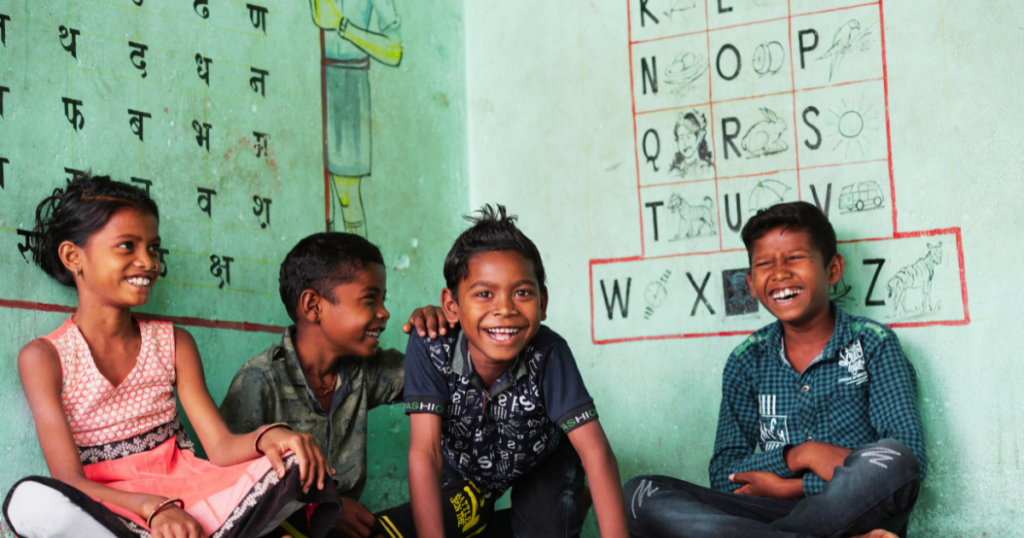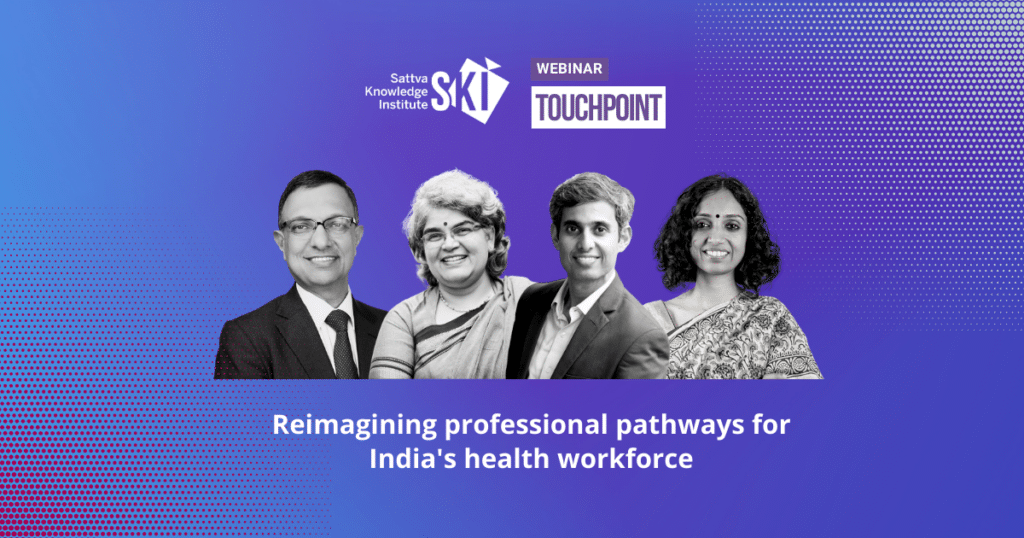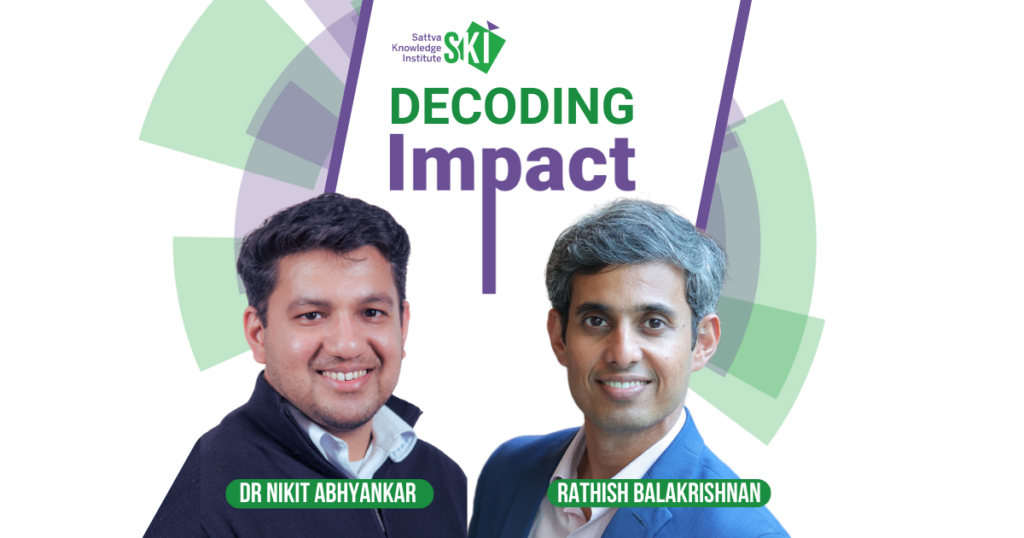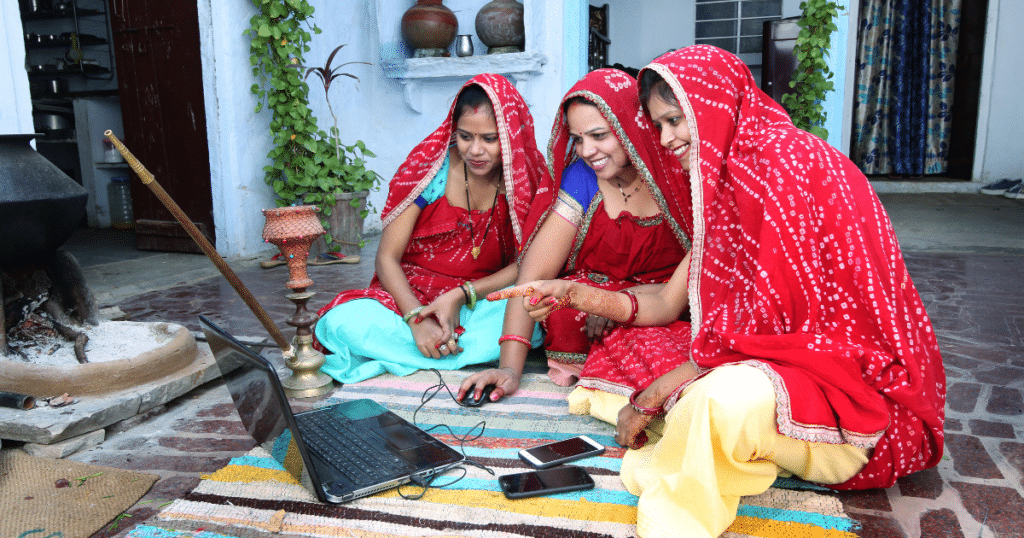Overview of DPGs
Digital Public Goods (DPGs) refer to new and enhanced service delivery of public goods such as healthcare, government schemes, and public infrastructure. DPGs in India can unlock over $700 billion by creating new opportunities, and by optimising current service delivery systems. They are a form of shared infrastructure enabled by using open software, data, content and protocols.
Stacks, the building blocks of Digital Public Goods, comprise of four primary layers that enable the development of a variety of end-to-end solutions. These include:
- An identity layer that allows personal records to be associated with an online identity
- A data registry that acts as a single point of truth for both personal and institutional information, thus increasing compatibility amongst all stakeholders
- Data exchange that facilitates the safe exchange of data across systems, thus enhancing service delivery, innovation and customised solutions
- An interface that allows applications to communicate through open APIs or software intermediaries, and third parties to build end-user solutions on the stack. Platforms built using this shared infrastructure approach are open, modular and interoperable in nature.
Sector-wise DPGs
Across sectors, India is conceptualising, developing, and deploying almost 17 transactional stacks across sectors. Some of these are as follows:
- India Stack, which revolutionised payments in India, is now working on layers to deliver digital lending and insurance.
- The development of the National Health Stack is the key to India’s universal health coverage mission.
- DESH-Stack, which intends to improve the skilling and livelihoods space in India, was announced in the Union Budget speech of 2022-23.
- The Open Network for Digital Commerce (ONDC) aims at shifting India’s e-commerce from a platform-centric model into an open network.
- In addition to reducing e-commerce monopolies, this will also boost India’s significant MSME sector.
- A number of other stacks in education, urban development, logistics, and agriculture follow a similarly mapped-out model with identity, data registries, and data exchange components, and are currently either under development or at a conceptual stage.
Challenges associated with DPGs
As Digital Public Goods bring together all stakeholders on one network, they potentially give rise to threats relating to privacy violations, identity theft, and exclusion from essential public services.
- Data consolidation into a single source enhances the likelihood and scope of data theft.
- Inadequate governance and security frameworks on sensitive personal data might be used to perpetuate exclusionary biases.
- Sub-optimal internet speed and penetration in the country’s rural locations might pose challenges for the deployment of DPGs at scale.
- Discrepancies in or lack of identity documents, which are the foundation of DPGs, could prevent beneficiaries from accessing essential public services.
- Lack of awareness of digital tools and their value proposition in the formal sector could result in low adoption of DPGs.
- Compromised or unusable formatting of datasets could hinder the development of applications by developers.
- Lack of private funding and government incentives prevent developers from leveraging the technology infrastructure.
Role of philanthropic and social organisations
Philanthropic and social organisations play a significant role in promoting the adoption of the stack across vulnerable segments of the population:
- Philanthropic funders can collaborate with the government on programme advisory and support NGOs in expanding their ICT infrastructure and utilising these shared technologies for better service delivery. Additionally, they can assist developers in creating equitable and user-friendly solutions through funding and technical assistance.
- Local NGOs can facilitate the adoption of these digital platforms by increasing awareness and assisting key participants like nurses, teachers, and artisans with compliance and implementation. NGOs can also use DPGs to enhance the delivery of their services by integrating with these platforms, utilising insights from consolidated data in DPGs to pinpoint target audiences, as well as concentrating on the deployment of digital infrastructure through their programmes.
Authors: Abhishek Modi, with support from Arnab Mukherjee, Pragati Keswani and Harleen Kaur




